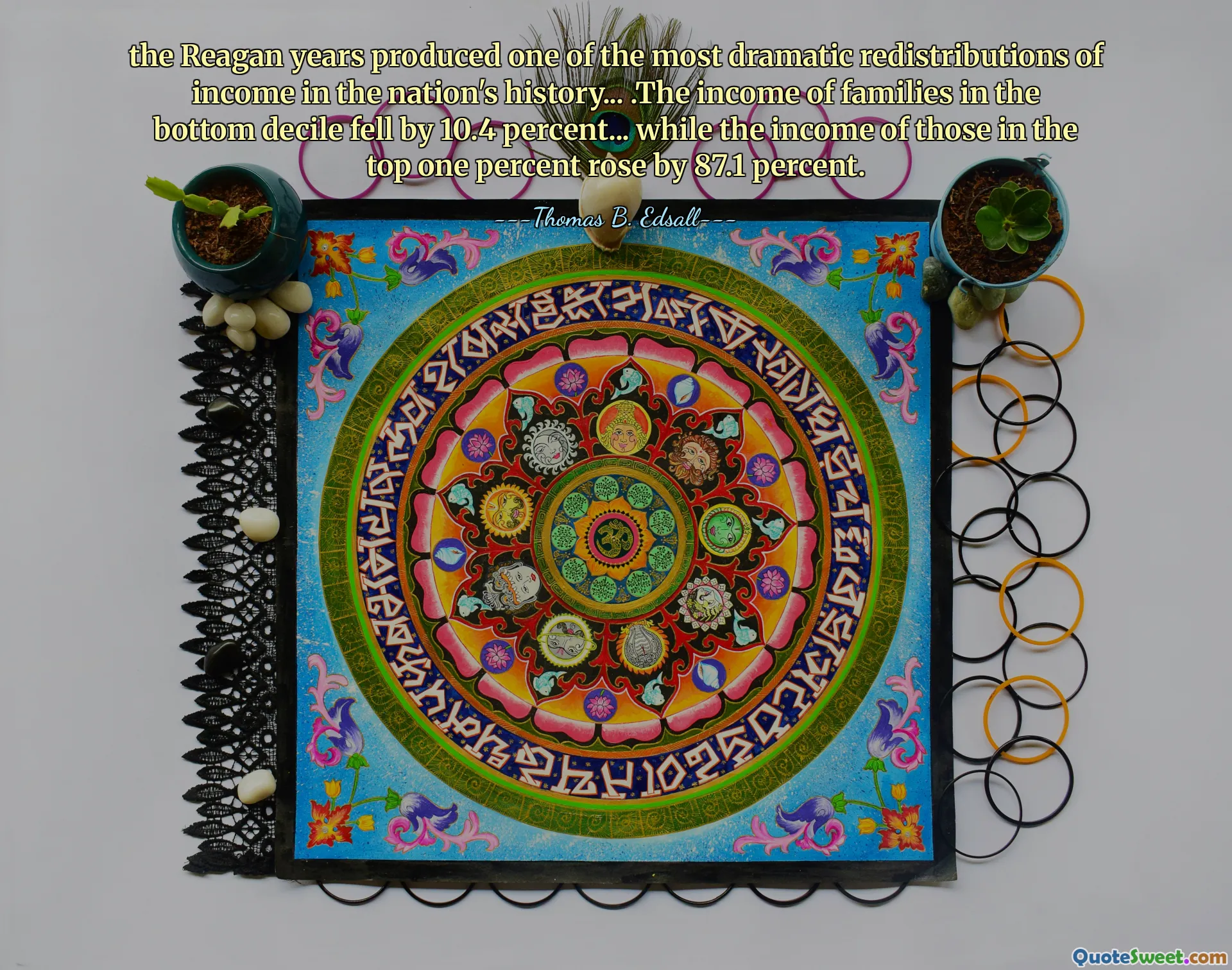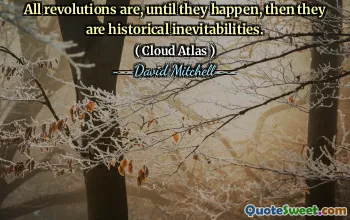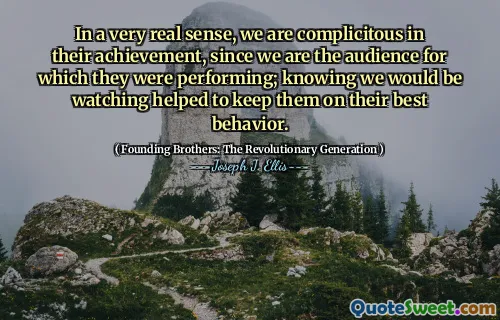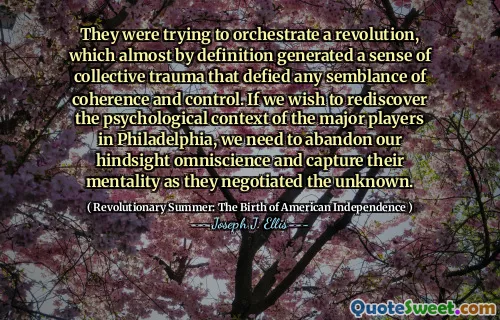
the Reagan years produced one of the most dramatic redistributions of income in the nation's history... .The income of families in the bottom decile fell by 10.4 percent... while the income of those in the top one percent rose by 87.1 percent.
The quote encapsulates a profound and concerning aspect of economic policy shifts during the Reagan era. This period is often associated with a promotion of free-market principles and tax cuts intended to stimulate growth. However, the data presented highlights a stark reality: such policies may have inadvertently exacerbated income inequality. The decline in income for families in the bottom decile by 10.4% suggests that low-income households bore the brunt of economic adjustments, potentially facing higher costs of living or reduced social safety nets. Conversely, the extraordinary increase of 87.1% in the income of the top one percent underscores a significant accumulation of wealth at the very top. This divergence not only widens the economic gap but also threatens social cohesion, as opportunities for upward mobility become more constrained for lower-income groups. It also prompts critical questions about the long-term sustainability of an economy that consolidates wealth in a small elite while many struggle to maintain basic standards of living. These dynamics challenge policymakers and society to reflect on the true objectives of economic reforms: Are they fostering equitable growth, or merely widening the disparity? The Reagan years are often remembered for their ideological focus, but this quote reminds us of the tangible and sometimes unintended consequences of such policies on the fabric of society. Addressing these disparities requires thoughtful intervention aimed at balancing growth with fairness, ensuring that economic prosperity benefits all segments of the population, not just the wealthiest few.











